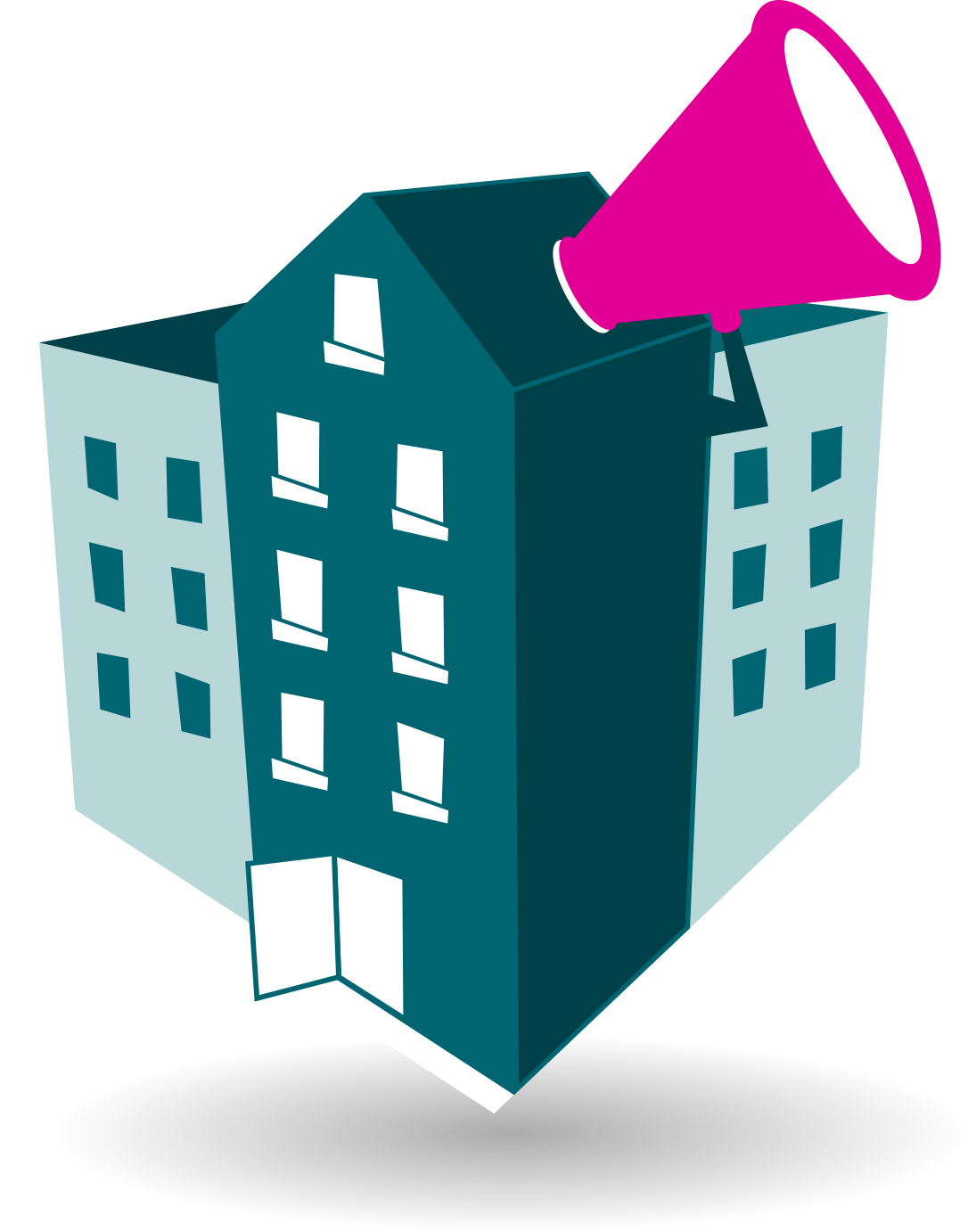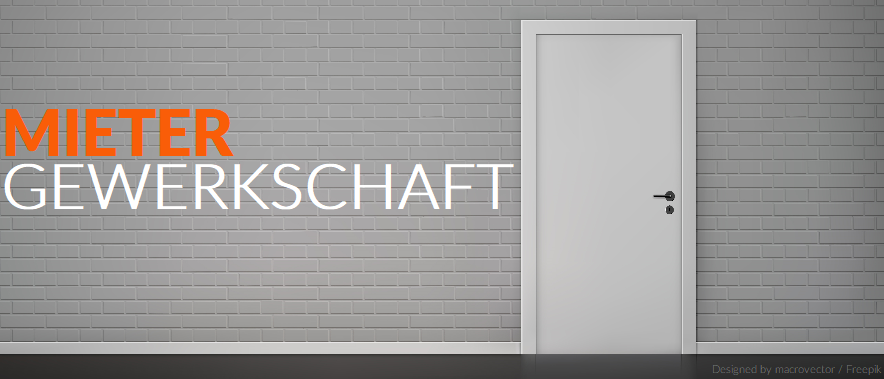Not only in Berlin, but also in other cities, tenants and activists are trying to build tenants’ unions. We want to document their first steps, how they work and what they have already achieved. Because we can learn a lot from each other.
As the first part of a series, we present the Frankfurt tenants’ union.
Close to the grassroots
“Our organising approach is very pragmatic,” says Daniel, the union’s treasurer. Their approach is to start practical and see how the organisation adapts as it grows. To do this, the union focuses on building activist groups locally. In particular, they are starting with two housing estates whose houses belong to Vonovia housing company. Their tenants approached the union. Now they are setting up activist groups in two streets with 112 and 350 flats respectively. They meet for tenants’ meetings as needed and decide independently what their demands, tactics and strategies are. The contact with the union and some kind of leadership function are represented in a contact persons. These contact persons are one or two people per street who eventually work independently in the neighbourhood. “We want organic leaders – but first we have to empower the people. They are not activists, but ordinary tenants.”
Through the support of the union, they should get a feeling and the ability to judge when a tenants’ meeting is needed, which topics are important at the moment and when to go to all i . The struggle for rent is a wave-like process: when there are acute problems, the tenants come, and when the struggle has been successful or the success has been slow, everything goes back to sleep. Through the continuous organisation and involvement of the tenants, these quiet periods should be overcome, so that when the struggles in the settlement increase again, they can fall back on an already established infrastructure. The union plans to establish such leaders and activist groups in every settlement.
The larger structure
These activist groups are coordinated by the executive committee and a working group. That’s all they need for the current struggles. The Frankfurt Initiative works with the classic structure of a registered association: at least once a year, the general assembly decides on the general direction and elects a board for two years, which can be dismissed at any time with a two-thirds majority. The current day-to-day business, such as public relations, is managed by the executive board. The union currently has three executive board members, but if the structure grows, their number may increase. However, it is also clear that the current structure is not final. It should grow out of the local framework. First of all, activist groups are to be formed and their networking institutionalised in order to create a stable and locally anchored trade union.
Slowed down by the pandemic
The initiative currently has 30 members, at least 20 of whom are active. They have a say within the union but no influence on local organising. The main aim is to promote the exchange of experience between them. Some of them already have trade union experience, but what is missing is experience with organising on the streets: that is also why they start there to learn the skills themselves. Without the Corona crisis, however, there would probably already be twice as many members; the pandemic has significantly impacted the ability to organise. “This has set us back a bit, but soon we will be doing another information stand for tenants in the housing estates,” Daniel says optimistically. This is understandable: the work is often arduous, and successes are needed. However, they are necessary in order to gain a social basis.
In the future, the union might offer legal counselling – even though they see individual counselling as a dead end. They consider local growth and gaining new membersto be more important. We’ll stay tuned for the next developments.

